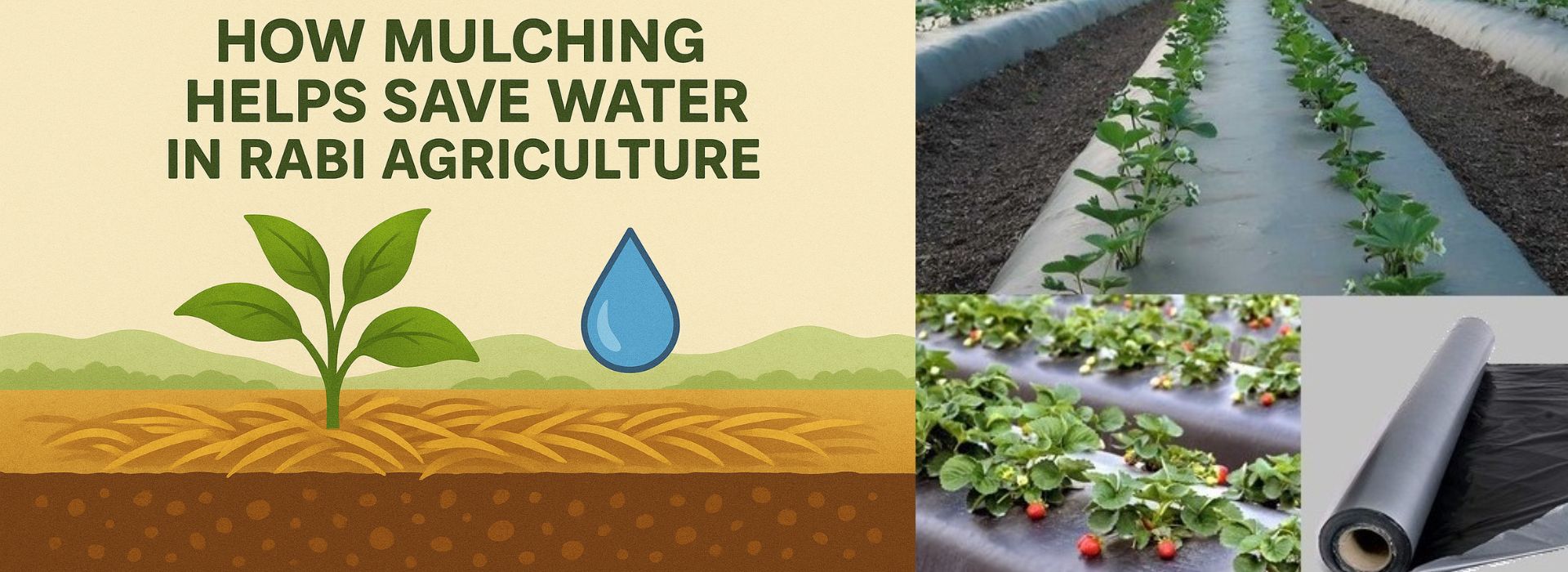Magnesium (Mg) is an essential plant nutrient that has a wide range of roles in many plant functions. Magnesium plays a key role in the photosynthesis process and its deficiency is detrimental to plant growth. In this blog, Tanja Luebbers, Agricultural Support Consultant at AgroCares, explains why Magnesium is crucial for plants and crops and discusses how AgroCares technology can help by giving crop-specific recommendations for magnesium fertilization.
What is Magnesium?
Soil nutrients come in three basic categories: macro, meso, and microelements depending on the quantity in which the plants need them. Magnesium (Mg) is an essential meso nutrient, along with calcium (Ca) and sulfur (S).
Magnesium is a very mobile element that is important for plant growth and development. Its availability in soil depends on multiple factors: the source rock material, the degree of weathering, local climate, and the specific agricultural system and its management practices, such as crop type, cropping intensity and rotation, and fertilization practices. Therefore, the amount of magnesium can vary highly depending on the soil type. Low amounts of Mg can be expected in tropical and sandy soils, while soils close to the sea marshland, peat soils, saline soils, and generally soils with high clay content tend to have higher amounts of magnesium.
How do plants use Magnesium?
Magnesium is an essential element throughout the whole growth period of a plant. Magnesium fulfills several functions within the plant; it is a central component of chlorophyll which supports the function of absorbing sunlight during photosynthesis. Magnesium acts as a phosphorus carrier in plants and is essential for phosphate metabolism.
Furthermore, it is also needed for cell division and protein formation, activation of several enzyme systems, and is an essential component for plant respiration. In short, without magnesium, chlorophyll cannot capture solar energy for photosynthesis and the important metabolic functions related to carbohydrates and cell membrane stabilization cannot be performed by the plant.
What are the signs of magnesium deficiencies?
Magnesium deficiency commonly occurs in intensively used agricultural soils, but it can also be caused by weathering of soil. It is often seen in sandy, strongly leached, and acid soils.
It is not easy to recognize Mg deficiency based on the symptoms. Due to its mobility within the plant, Mg deficiency symptoms will appear on the lower and older leaves first, before the symptoms become visible on the younger leaves. Common deficiency symptoms include: slow growth and leaves to turn yellow, especially on the outer edges, which then develop
interveinal chlorosis
newly growing leaves may become yellow with dark spots
purple or reddish spots on the leaves
The visibility of symptoms is also often related to the amount of light the leaves or plant is exposed to. Plants or leaves exposed to high light intensity will show more symptoms than others.
Magnesium and its importance in crop production and agriculture has been overlooked for some time, even though it is an essential element for plant growth and development. This is due to the fact that it is difficult to detect latent Mg deficiency. The deficiency is often not directly visible but still negatively affects crop growth. Only acute deficiency, when it is too late for crop yield, shows visible signs like interveinal chlorosis and growth reduction.
Why is it important to know the Mg content in the soil?
In contrast to other cations like K, Ca and NH4, Mg is relatively mobile in soils. Especially because the importance of Mg in soil and ultimately crop production has been overlooked and Mg neglected in fertilization practices, Mg can be deficient in soils used in intensive crop production systems.
Furthermore, magnesium is often subject to leaching in considerable amounts especially during autumn and winter month with heavy rains. Magnesium leaching is also influenced by soil acidity, Ca concentration (liming) and Cation Exchange Capacity (CEC) affected by organic matter and clay %. This further demonstrates the necessity of soil testing to know not only the Mg content before the next cropping season but also other parameters that influence the Mg availability for plants.
How does AgroCares technology relate to this?
AgroCares can provide information about the exchangeable magnesium and total magnesium in the soil with the Lab-in-a-Box (LiaB). Exchangeable magnesium is one of the most important fractions to determine whether magnesium is available or not available for the plant. Agrocares LiaB can give crop-specific recommendations for magnesium ensuring that the right amount of it is applied to the soil to achieve the desired crop yield. The recommendations include information about when and how magnesium fertilization should be applied. Additionally, LiaB can provide simply the analysis results for exchangeable magnesium which can then be used to create individual fertilizer recommendations.






Guest reviews
No reviews found for this Blog